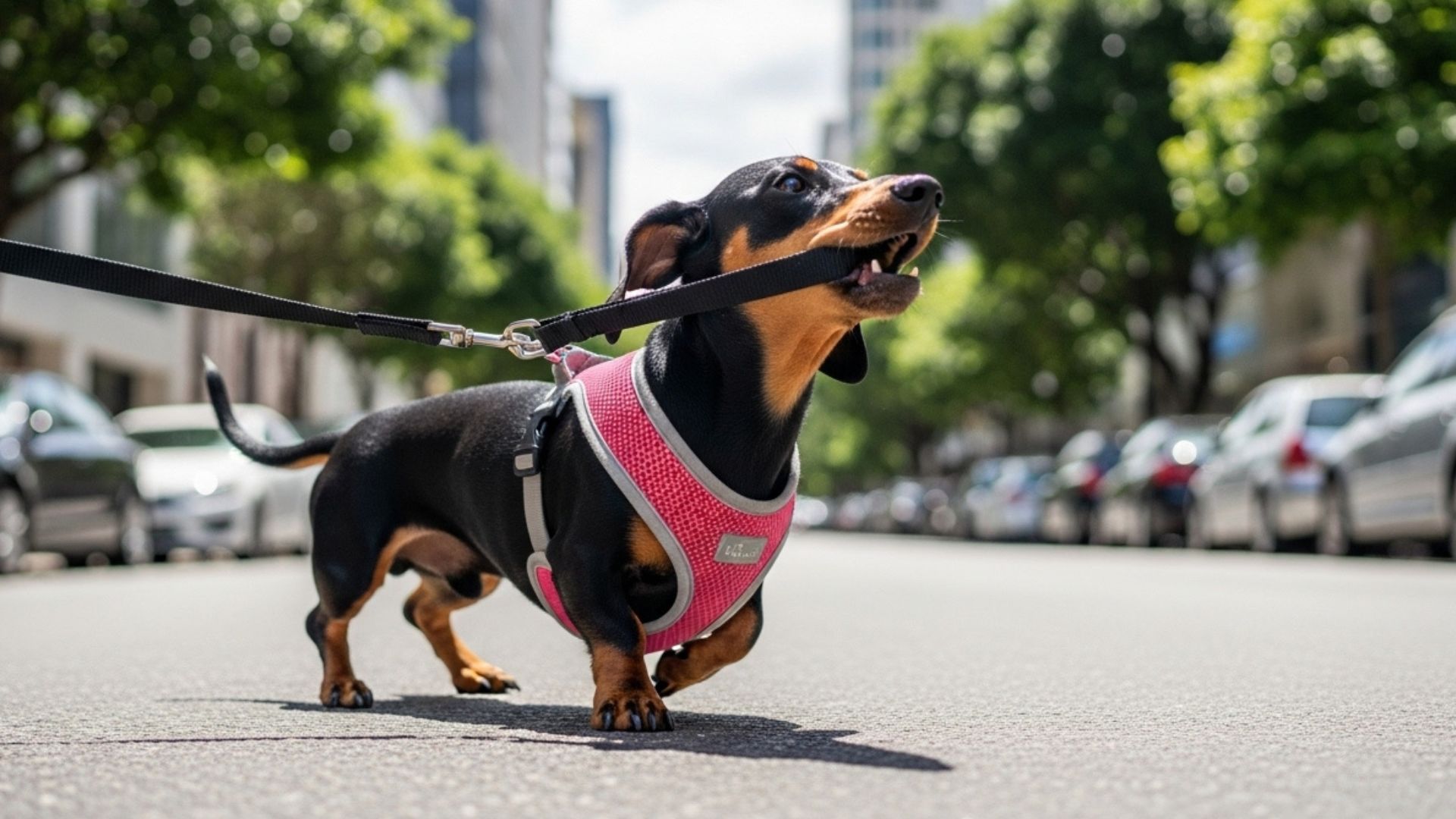Living in the city with a dog can be both rewarding and challenging. While some dog breeds adjust well to the noise, pace, and smaller spaces of urban life, others struggle to settle in. In fact, nearly 66% of U.S. households own a pet, with dogs ranking as the most popular choice. Yet not every breed is a natural fit for apartment living or busy neighborhoods.
When certain dogs don’t get enough mental stimulation, regular grooming, or training, they may develop destructive habits that quickly test the patience of their owners and even their neighbors. These behaviors can range from constant barking to pulling on a leash, or even showing a wild streak when left alone at home.
What makes things trickier is that some of the worst-behaved dog breeds are also among the most popular dog breeds, meaning many first-time owners might not know what they’re in for.
Let’s take a look at the top eight worst-behaved dog breeds.
Worst Behaved Dog Breeds In Urban Areas
1. Chihuahua
Many assume Chihuahuas are a good fit for city living because of their small size, but they can be difficult in urban areas. Recognized as the smallest dog breed, the Chihuahua gets its name from the Mexican state of Chihuahua, where it was first noted in the mid-19th century, according to Britannica.
These little dogs bark a lot, which can annoy neighbors in apartments. They are quick to snap or bite if they feel crowded, making busy city streets and family homes stressful for them.
Chihuahuas often attach to one person and may not warm up to others. In crowded homes or when visitors stop by, this can cause constant barking or defensive behavior. Their stubborn streak also makes house training tough, which is a big issue for owners in small apartments with limited space.
Though affectionate with their favorite person, Chihuahuas need close attention and health care. They require dental care, regular vet checks, and careful handling to prevent injury. For urban families with kids or seniors looking for a low-effort pet, this breed can quickly become overwhelming.
Why This Breed Is Worst in Urban Areas
Noise complaints are common due to their sharp, frequent barking.
Their small size makes them fragile in crowded parks or on busy sidewalks.
Prone to stress in fast-paced, noisy environments.
2. Siberian Husky
The Siberian Husky is a striking and popular breed, but it struggles in urban areas. Bred to pull sleds across icy terrain, Huskies have extremely high energy. They need constant exercise and mental stimulation, or they become destructive. Their thick double coat also sheds heavily, making grooming a constant challenge in smaller homes.
These dogs are independent and stubborn, which makes training difficult. Many Huskies have poor recall and cannot be trusted off-leash. They are also known escape artists, often breaking free to explore.
Without proper outlets, they may jump on people, destroy things, or bark enough to upset neighbors. Owners often find it hard to manage their endless drive to run.
While loyal and friendly, Huskies can be too much for families with small kids. Their rough play, prey drive, and wolf-like instincts make them risky around children and other pets. They thrive in large spaces with active owners, but city apartments and busy neighborhoods rarely meet their needs.
Why This Breed Is Worst in Urban Areas
Extremely vocal and may disturb neighbors with howling.
Escape-prone and hard to contain in city homes or yards.
Need wide open space to run, not small apartments.
3. Alaskan Malamute
The Alaskan Malamute looks a lot like the Siberian Husky but is larger and stronger. This breed was bred as one of the oldest working dogs, built for hauling heavy loads over long distances.
While loyal and affectionate with humans, they are known to be stubborn and hard to train. For first-time owners, this can quickly turn them into the worst dog for city living.
Malamutes enjoy rough play and become even harder to handle when bored. They are not good leash dogs and tend to pull, jump, and strain on a walk. Because of this, it is unsafe for children to hold the leash.
Even adults may struggle to manage their strength. Their strong prey drive also makes them a risk around small pets and sometimes even other dogs.
This breed also sheds heavily due to its thick coat, requiring constant brushing and regular grooming. They are escape artists with terrible recall and will not easily return once free. While they can protect their family and bond deeply, they generally do better with experienced owners who can handle their high energy and training needs.
Why This Breed Is Worst in Urban Areas
Their powerful pulling makes them unsafe to walk in crowded streets.
Heavy shedding and grooming needs overwhelm city households.
Escape attempts and poor recall make apartments and small yards risky.
4. Dachshund
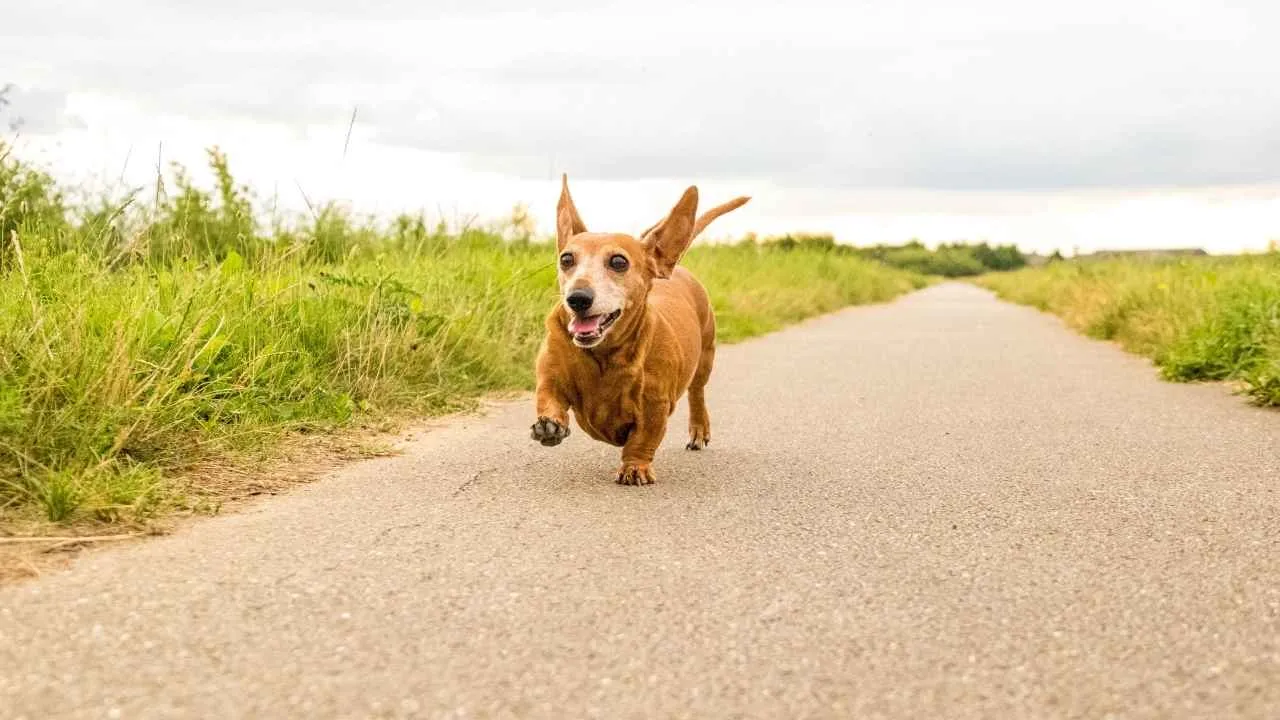
Dachshunds may look like a small and cute pet, but they were originally intended for hunting. PetMD mentions that the name itself comes from the German words for “badger dog,” showing their history as hunters in 18th-century Germany.
Their long body and short legs were built to march into tunnels and flush out badgers. This bold nature often shows up in the home, where they may snap, growl, or bark if children handle them roughly.
These dogs are famous for their unique features, like floppy ears and a long back. However, that same back makes them prone to spinal problems, especially if they gain weight.
They can also be stubborn and tough to house train, which can frustrate owners. Their loud bark and suspicion of strangers only continue to add to the challenge of living with them in busy areas.

Despite their brave and lively attitude, Dachshunds can be hard to manage in urban life. They need careful handling and training from a young age to avoid defensive behavior. While many people love their charm and playful side, they are not always the best fit for families with small kids or seniors who just want a calm and happy companion.
Why This Breed Is Worst in Urban Areas
Barking makes apartment life noisy and stressful for neighbors.
Spinal health issues mean stairs and city living can be dangerous.
Training challenges can finally overwhelm first-time owners.
5. Dalmatian
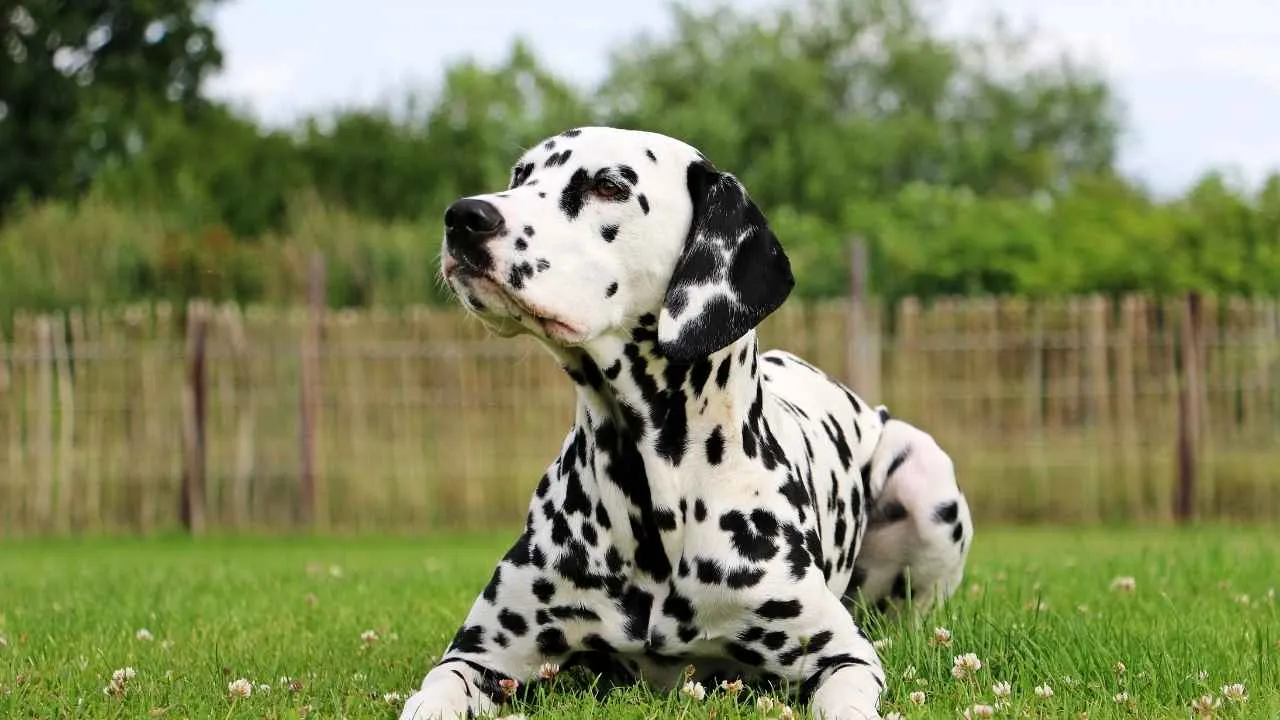
Dalmatians are instantly recognizable thanks to their spotted coats and history of running alongside horses and fire engines. They are active working dogs that need lots of exercise and mental enrichment. Without it, they can quickly become destructive, bark endlessly, or act out in other ways.
Disney’s 101 Dalmatians created the impression of a calm family pet, but in reality, this breed requires constant activity.
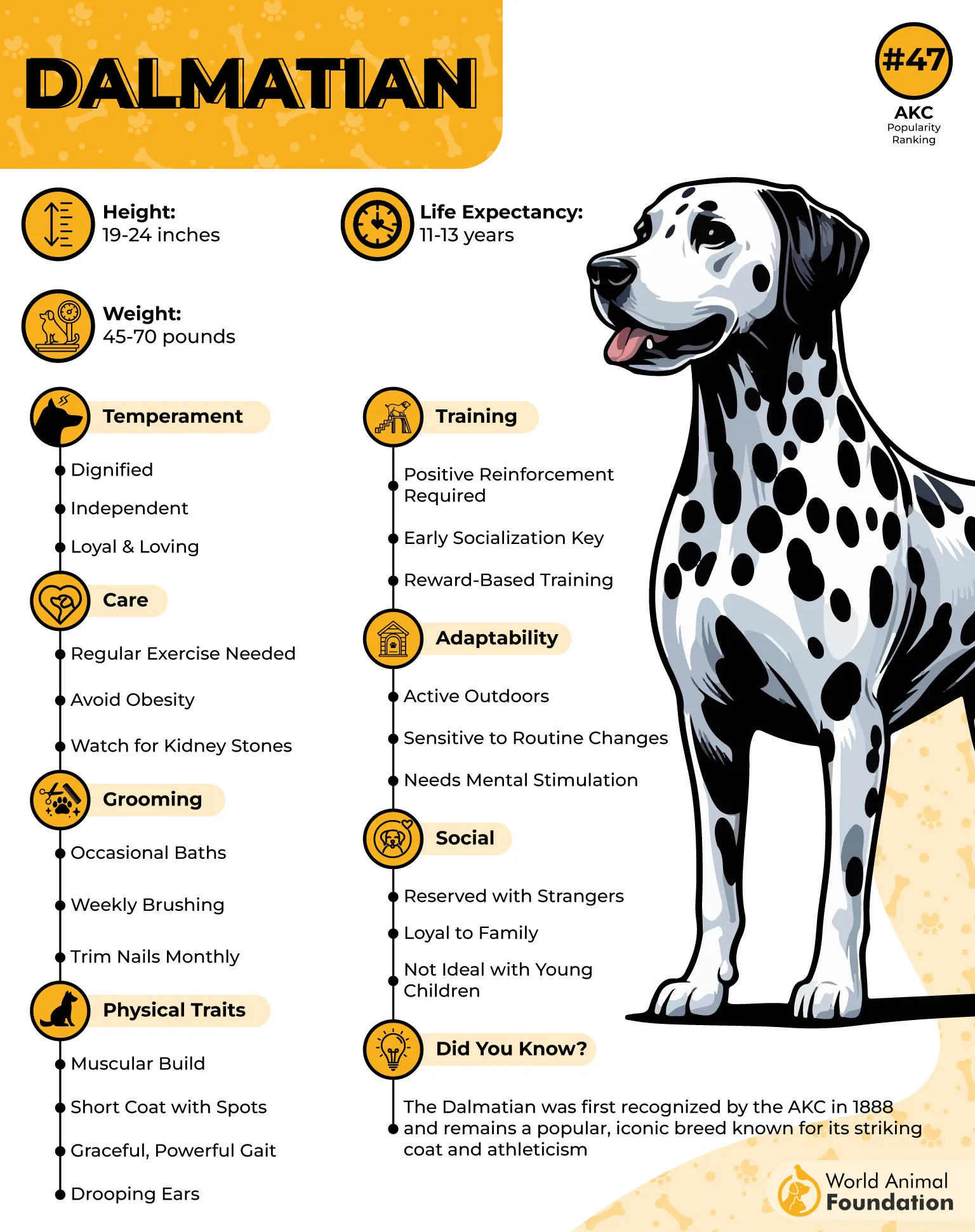
These dogs have a stubborn temperament and are not easy to train. They may not respond well to new owners who lack experience or patience.
Dalmatians also shed heavily throughout the year, which adds to the daily workload in an urban home. Some can be unpredictable or even fearful, which makes them difficult for seniors or families with very young children.
While playful and affectionate with older kids, they must be carefully supervised around other dogs and strangers. Their history as guard and carriage dogs means they are always on watch. They need an owner ready for straight effort and consistent action to meet their needs.
Why This Breed Is Worst in Urban Areas
Endless energy requires hours each day, not just a few weeks of effort.
Shedding and stubbornness grow into constant challenges in small homes.
Can be too excitable when allowed around small children or other pets.
6. Doberman Pinscher
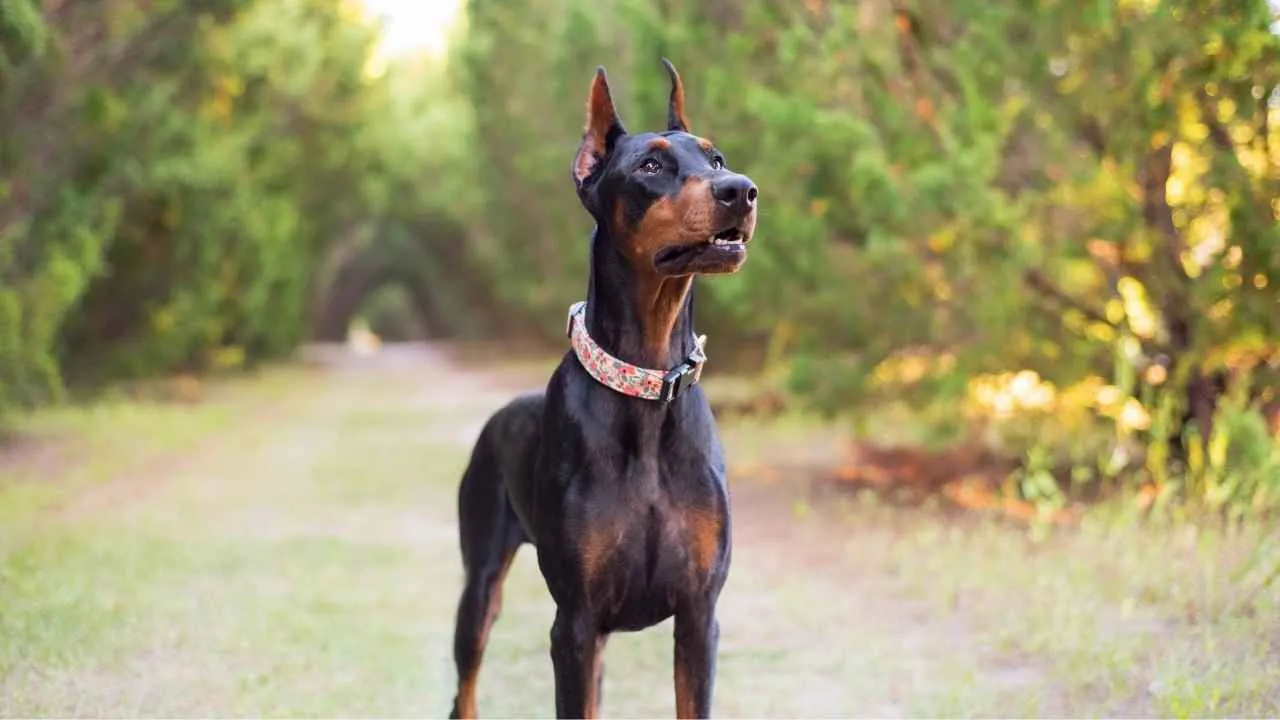
The Doberman is a lean, athletic, and powerful breed that originated in Germany. Purina states that Louis Dobermann first bred it in the 19th century to serve as a protection dog.
Since then, this breed has excelled in law enforcement, military service, and guard work. Their intelligence and stamina make them impressive companions, but they demand a high level of time and commitment.
Dobermans are highly energetic and need both exercise and mental stimulation every day. They are quick learners, but they can get bored if training feels repetitive.
Without the right tools and consistency, their strong-willed nature can create problems. They are also prone to separation anxiety, which can be difficult for owners in busy households or apartments to manage.
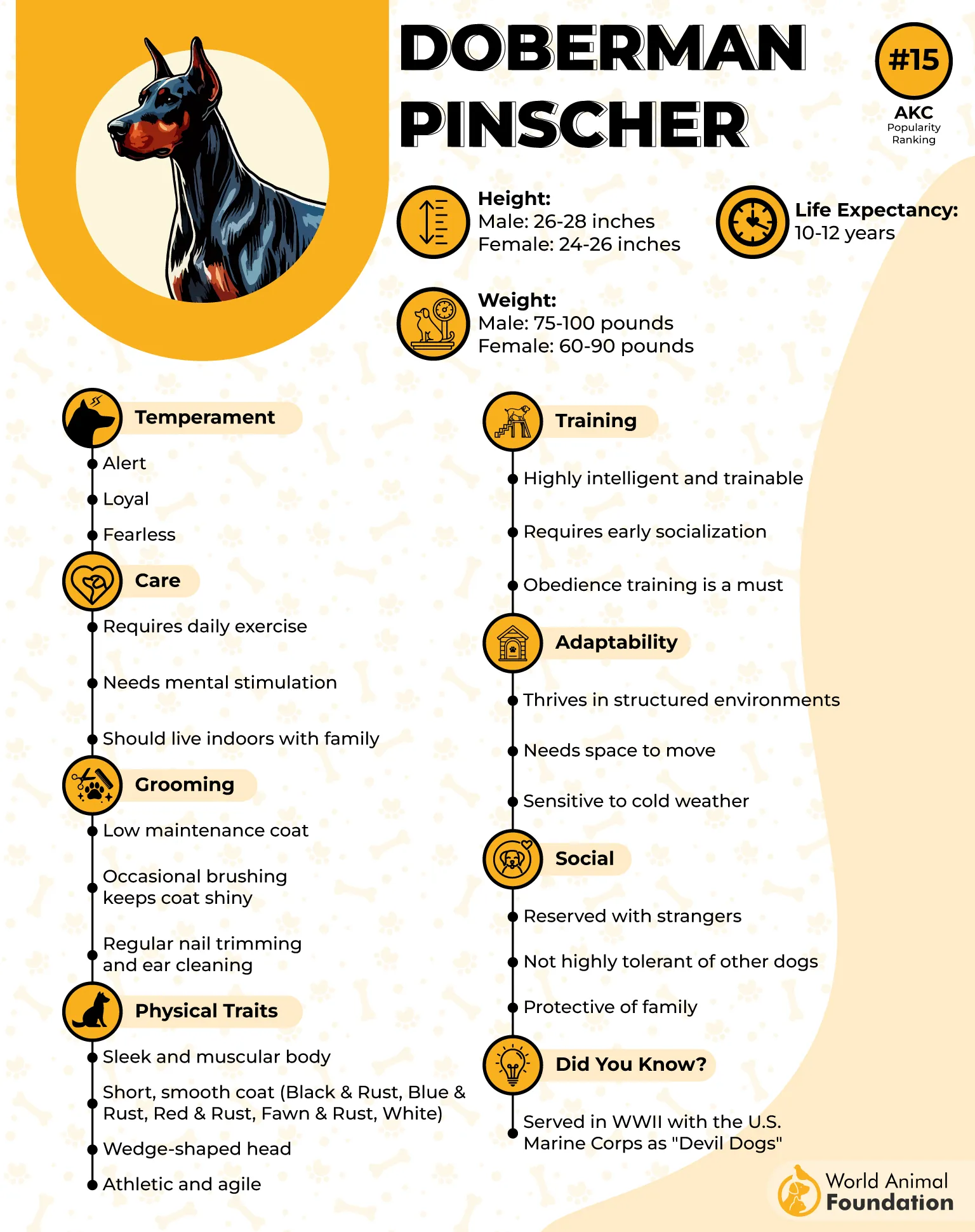
Despite their reputation, Dobermans can be affectionate and playful when raised with care. With proper socialization, they are good with children and other pets, though supervision is always important. Still, this is one of the large dogs that can overwhelm first-time owners.
They need experienced people who are comfortable talking the language of structure and discipline. Otherwise, their energy and needs can quickly change from manageable to destructive.
Why This Breed Is Worst in Urban Areas
High exercise needs are tough to meet in small city spaces.
Separation anxiety often leads to barking or destructive behavior.
Strong and powerful, making them hard for novice owners to control.
7. Chow Chow
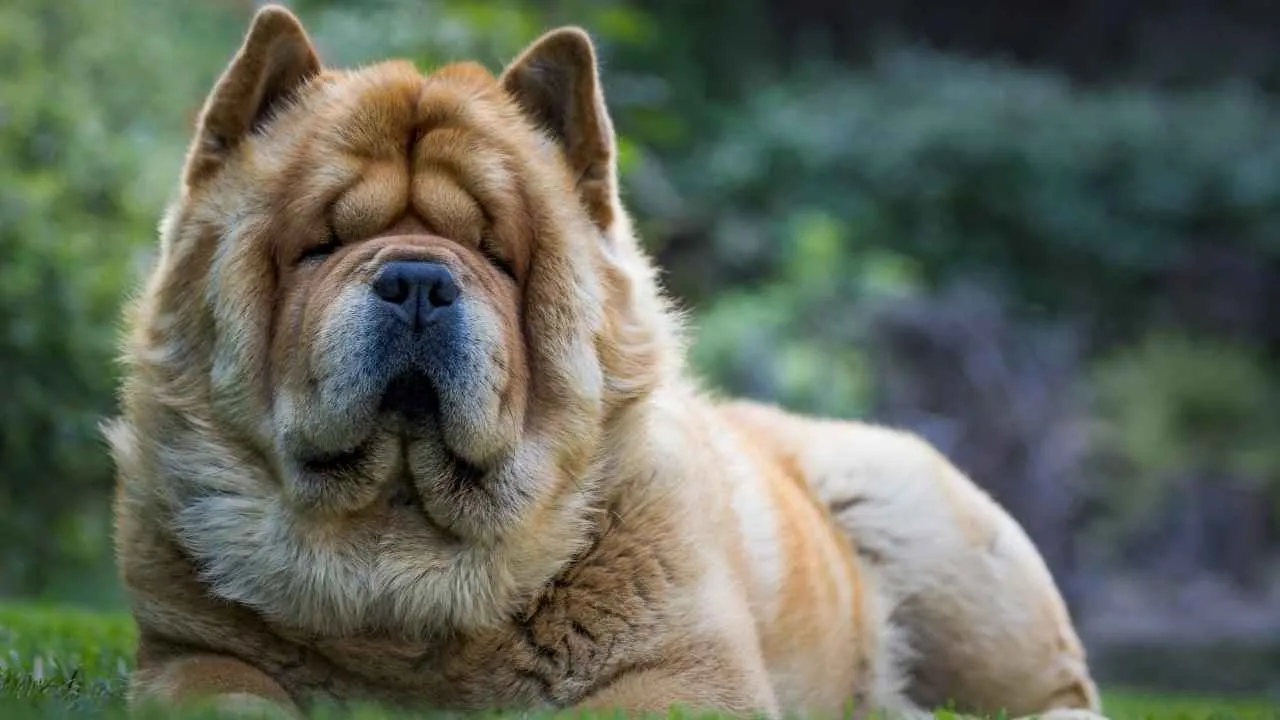
The Chow Chow may look like a fluffy teddy bear, but its temperament is very different. This ancient breed was used for hunting, guarding, and even pulling sleds. They are strong-willed, independent, and often stubborn, which makes them a poor choice for novice owners.
Chows can be very loyal and affectionate with their family, but they are aloof with strangers and may react badly to loud or rough behavior.
They need patient training from puppyhood, but even then, they are not playful or cuddly dogs. Their temperament is often described as complicated, and they do best in quiet homes with experienced owners.
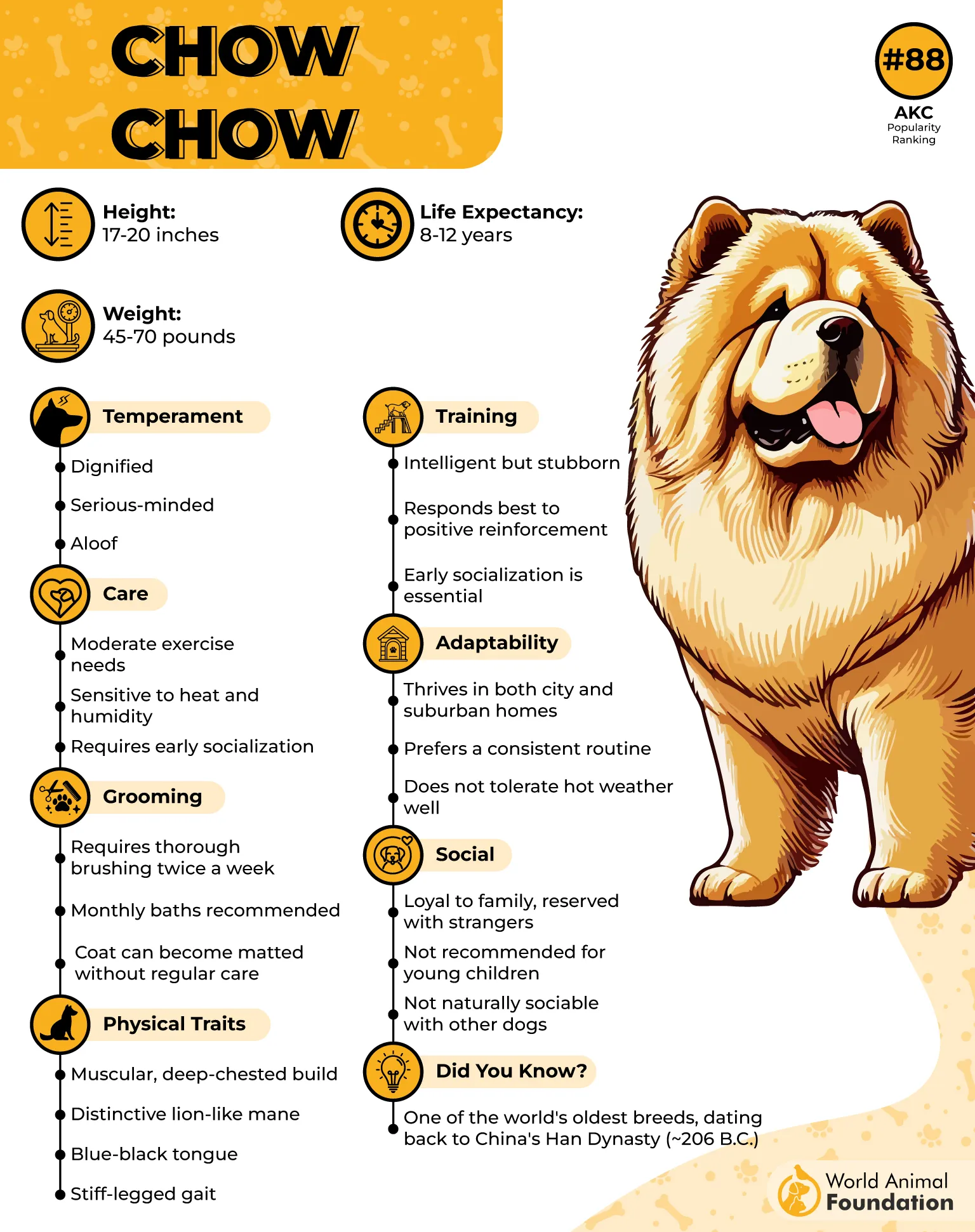
On top of their stubborn nature, Chow Chows have high grooming needs. Their thick coat must be brushed several times a week, and they need regular baths to stay clean. Combined with their strong territorial instincts, these care requirements make them difficult to manage in busy family settings or by elderly owners.
Why This Breed Is Worst in Urban Areas
Can be aloof and even aggressive toward strangers and other pets.
Require regular grooming and bathing, which is high-maintenance.
Stubborn and slow to train, often ignoring commands.
8. Rottweiler
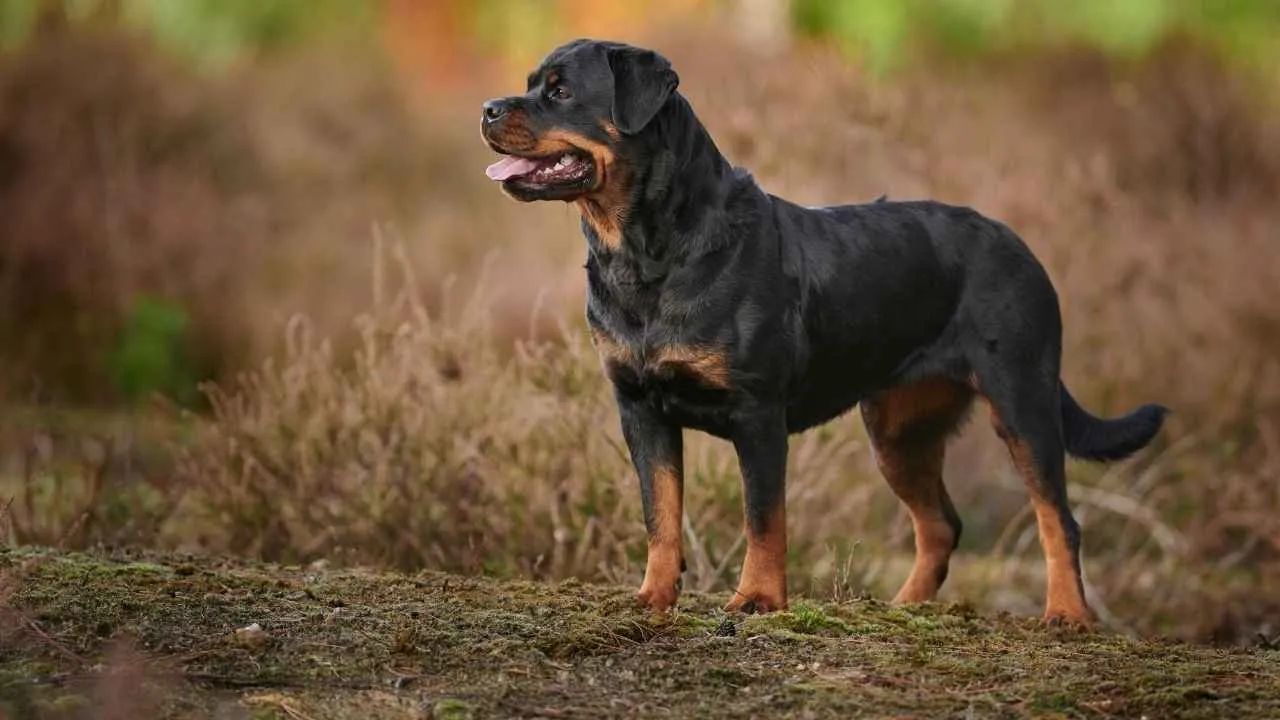
The Rottweiler is a large, powerful, and intelligent breed with a long history of working alongside people. Originally bred by the Romans to herd livestock and protect armies, they later became cart-pullers and guardians in Germany. Today, they are often used for military, police, and personal protection work because of their strength and loyalty.
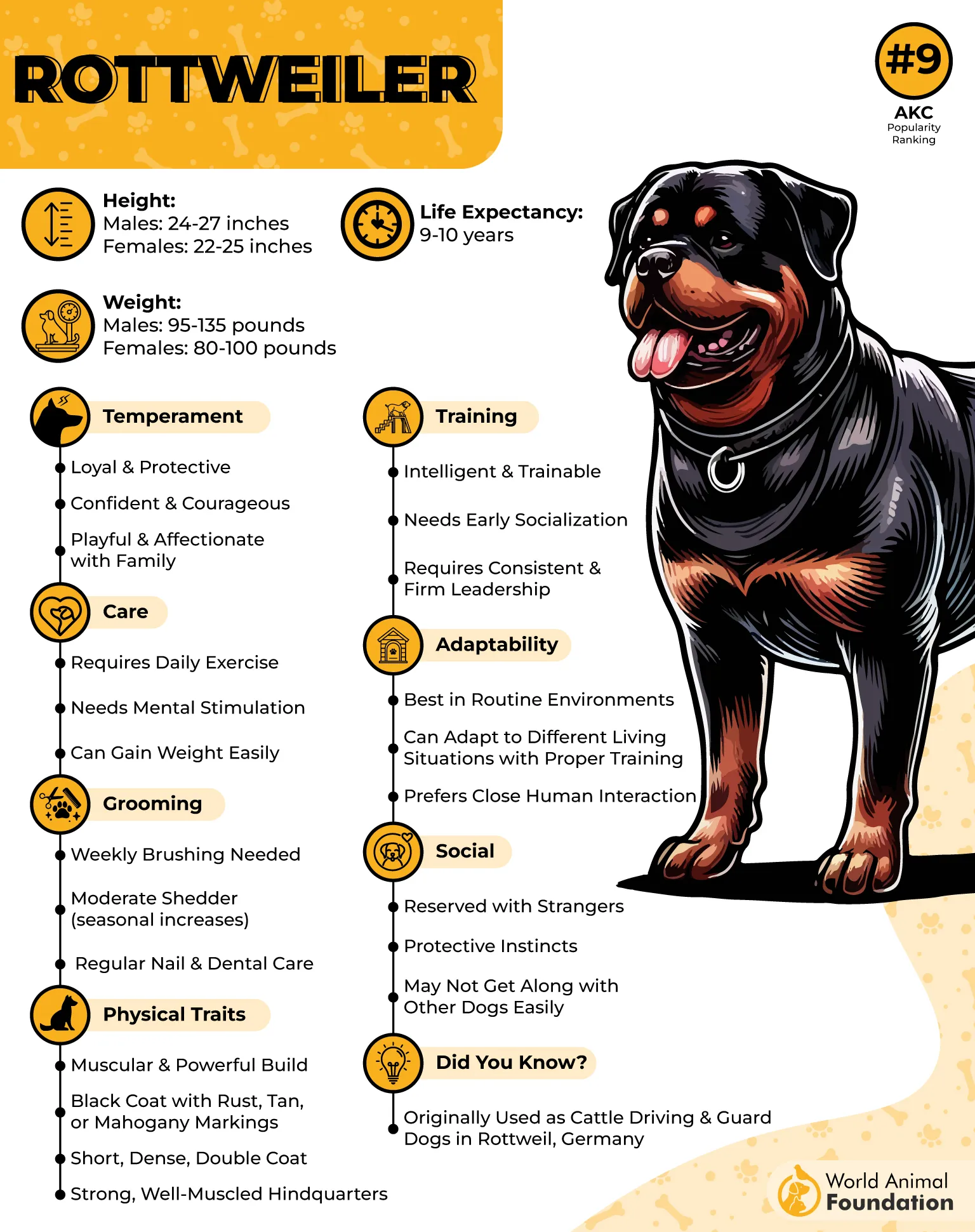
This breed can weigh up to 135 pounds, and their size alone makes them difficult for new owners to manage. Rottweilers require early training, constant socialization, and plenty of exercise to become balanced dogs.
Without this, their strong instincts for guarding can turn into aggression, especially toward strangers or other dogs. Their behavior can switch from affectionate to protective very quickly.

While Rottweilers are loving and loyal with their families, they need a confident and experienced handler. They also require regular grooming, dental care, and nail trimming, which adds to their upkeep. For senior owners or first-time dog parents, the strength, energy, and training needs of this breed often prove overwhelming.
Why This Breed Is Worst in Urban Areas
Their large size and strength make them difficult to control on busy streets.
Strong guarding instincts can turn into aggression without early training.
High maintenance needs are too demanding for many first-time or senior owners.
Conclusion
Living in a city with a dog requires patience, planning, and the right match. Some breeds, like the ones we discussed, struggle the most in apartments or crowded neighborhoods. They need more space, training, and exercise than most urban owners can give.
Apart from these, there are also other breeds that many experts consider challenging in cities. Pit Bulls, Border Collies, German Shepherds, Cocker Spaniels, Saint Bernards, and Bullmastiffs all come with strong personalities, size, or energy levels that make them harder to manage in small homes or busy streets. According to the American Kennel Club, these breeds can succeed only with owners who are experienced and fully committed.
Of course, not every breed is difficult. Golden Retrievers, for example, are among the most adaptable dogs and are often seen as one of the best-behaved breeds for families. They tend to adjust well when given love, structure, and enough activity. The main point is that while every dog has wonderful qualities, urban life isn’t the same for all. By researching carefully and choosing wisely, owners can avoid the worst challenges and ensure their pets live happy, balanced lives in the city.


